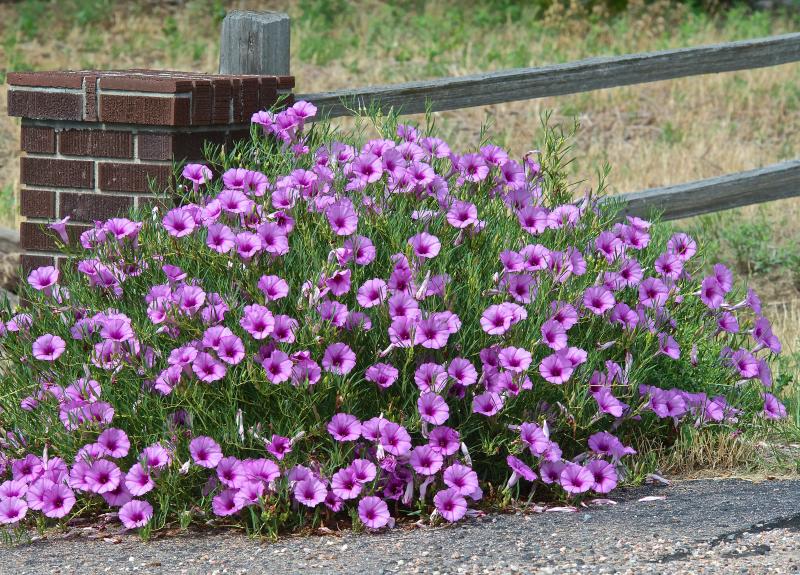
A number of farmers in Kajiado County have been complaining that a strange weed has invaded their farms. The weed is called Bush Morning-glory or Ipomoea carnea (sub-species Fistulosa). Today, I will try to shed some light on it.
It is a shrub which is usually one to three metres tall, with an erect or ascending habit when growing in open positions. In shady places, it is more likely to adopt a climbing habit, with twining stems up to five metres long. It invades fallow land and shallow wetlands. It is extremely hardy and is resilient to several forms of chemical and biological control.